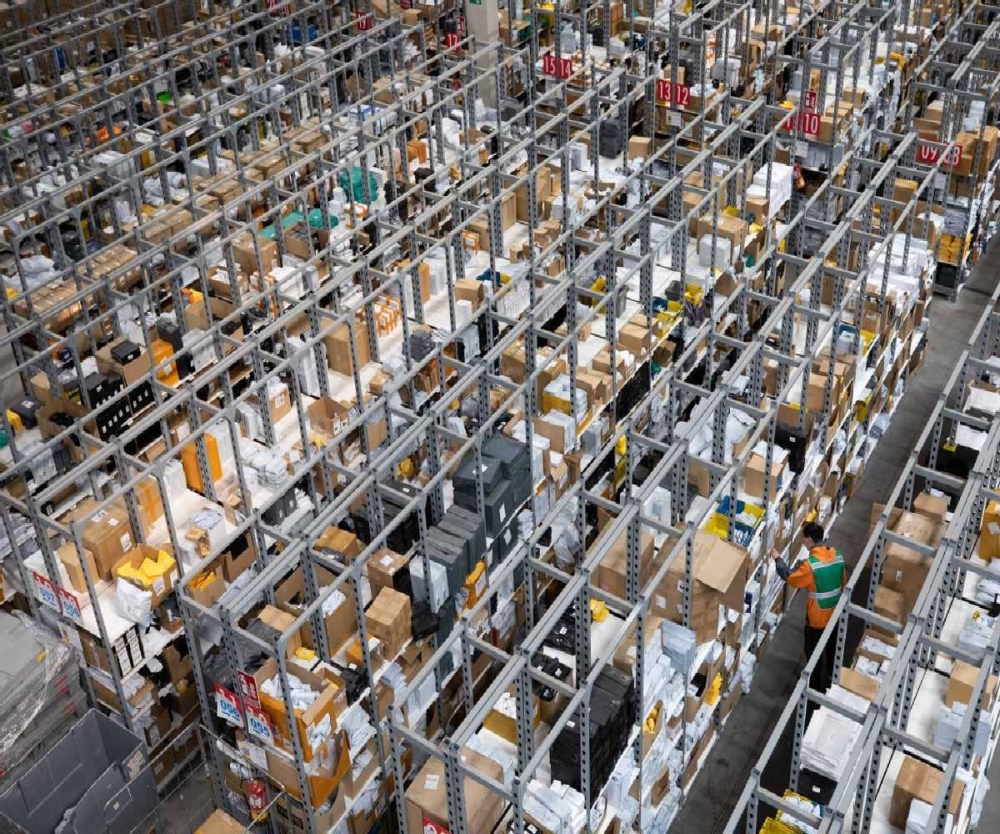At the Jiangsu (Suzhou) International Railway Logistics Center in Suzhou, East China's Jiangsu province, a surprisingly wide range of products, including household appliances, auto parts, chemicals, and passenger cars, are loaded into shipping containers for export to Europe via the China-Europe freight train service.
Hungary's Budapest is where the items are intended. Many people arrive at Chinese enterprises' warehouses there. They will be dispersed to other nations in Central and Eastern Europe after their arrival.
This strategy differs greatly from that used by MNCs in China. Before making large investments to develop factories in China, multinational corporations (MNCs) like the American consumer goods giant Procter & Gamble and the German industrial conglomerate Bosch Group first opened offices in Shanghai and Guangzhou to gauge the market. However, such a cautious strategy is not effective currently for Chinese exporters seeking to expand their firms overseas.
Many Chinese corporations have made direct investments in foreign warehouses due to factors such as big data solutions, cross-border e-commerce, the Belt and Road Initiative, and the rapid growth in trade volume. They are able to outperform both local and overseas competitors because to this method.
For example, Rio de Janeiro, Brazil is now home to an overseas warehouse created by Xuzhou Weijia Light Industry Co Ltd, a garment and luggage manufacturer situated in Xuzhou, Jiangsu province, which facilitates the transshipment and distribution of goods worldwide.
By doing this, more items produced by other export-focused businesses in Xuzhou will be able to consistently reach the Brazilian market as well as other nearby markets in South America. This step completely utilizes the function of overseas warehouses in streamlining the international trade supply chain.
In order to handle disruptions in the worldwide supply chain and variations in international shipping prices during peak season, overseas warehouses have also emerged as a critical solution.
These facilities, which act as intermediary hubs for Chinese commodities and are crucial to the cross-border logistics supply chain, contribute to supply chain resilience and stability.
Shipments in large quantities to foreign warehouses might result in reduced unit transportation costs for businesses. Local storage also lessens the need for expedited transportation, which is frequently more costly.
As a result, businesses who invest in foreign warehouses have control over inventory management and storage, giving them the ability to react swiftly to shifting consumer tastes and market demands. Improved market penetration and sales performance may result from this flexibility.
Third-party-operated overseas warehouses, overseas warehouses controlled by e-commerce platforms, and self-operated overseas warehouses run by businesses themselves are the three primary categories of overseas warehouses.
Big corporate groupings frequently construct their own warehouses abroad. This gives the involved organization total control over logistics and inventory management procedures, enabling it to swiftly modify shipment and inventory plans in response to changes in consumer demand.
Third-party operated foreign warehouses and foreign warehouses run by e-commerce platforms are more affordable and appropriate for small and medium-sized businesses.
A new business model in international trade, cross-border e-commerce is fueled by technical innovation. It makes active use of emerging technology, adjusts to emerging trends, and fosters the development of fresh growth engines. It reduces intermediary links by collaborating with new foreign commercial infrastructure, such as overseas warehouses.
This strategy promotes new benefits in international economic cooperation, aids in optimizing the structure and stabilizing the volume of foreign trade, and has grown to be a key factor in China's foreign trade development.
Data from the Ministry of Commerce, which was made public in mid-June, indicates that there are more than 2,500 Chinese overseas warehouses, with a combined total area over 30 million square meters. Of them, more than 1,800 have a total area of more than 22 million square meters and are devoted exclusively to meeting the needs of cross-border e-commerce.
June marked the release by the Ministry of Commerce and other government agencies enacted specific legislative steps to promote the development of foreign warehouses using a market-driven strategy. These policies place a strong emphasis on enticing the private sector to assist companies operating in the international warehouse industry.

Categories

Magazine Editions



















